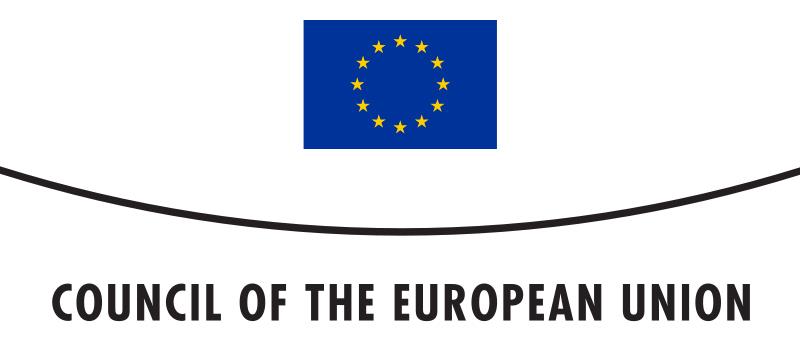A new way of voting by qualified majority in the Council of the EU came into force on 1 November allowing the votes of the smaller nations to gain weight. This provision was laid out in the Lisbon Treaty, which entered into force in 2009, but its application was postponed at the request of Poland to 1 November 2014.
The new rule of ‘double majority’ requires that a decision, in cases where the Council acts on a proposal from the Commission or the High Representative of the Union, is considered adopted if 55 percent of member states voted for it and if these countries have at least 65 percent of the total population of the European Union. In addition, a blocking minority must include at least four members of the Council representing at least 35 percent of the EU population. This prevents the three larger countries from forming a coalition against all others. For example, Germany and France could ally with either Spain or Poland and have over 35 percent of the EU population.
When the Council is not deciding on a proposal of the Commission or the High Representative, but argues on the basis of recommendations, initiatives or plans, a two-thirds majority of members is required. The decision is considered adopted if at least 72 percent of the members of the Council or the Member States, representing at least 65 percent of the total EU population votes for the proposal. The double majority system replaces the weighted votes, according to which each member had a certain number of votes according to population. This system is more favourable for small countries. The four largest countries of Germany, France, Great Britain and Italy had 29 votes respectively, and somewhat smaller countries such as Spain and Poland had only two votes less, 27 each.


